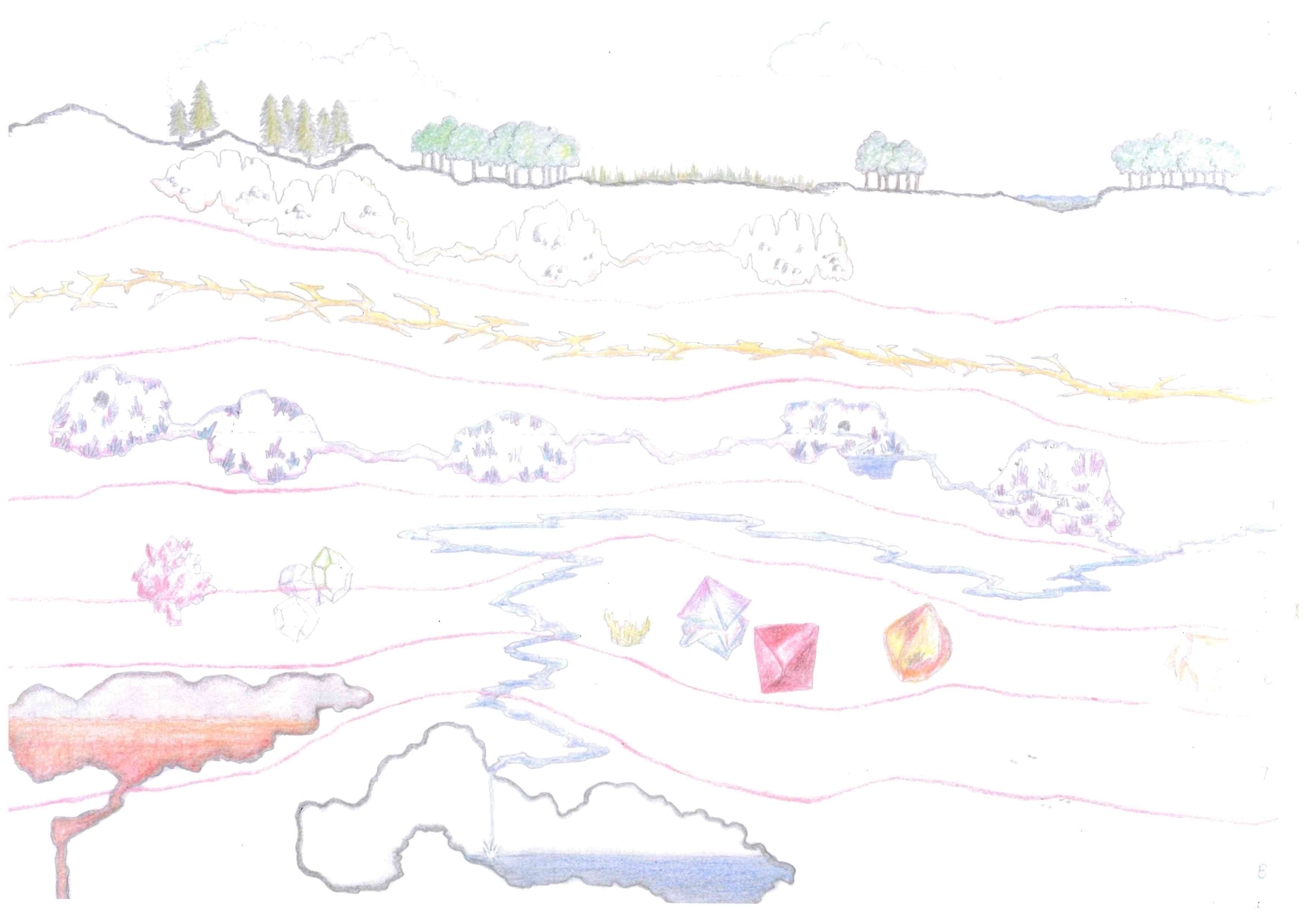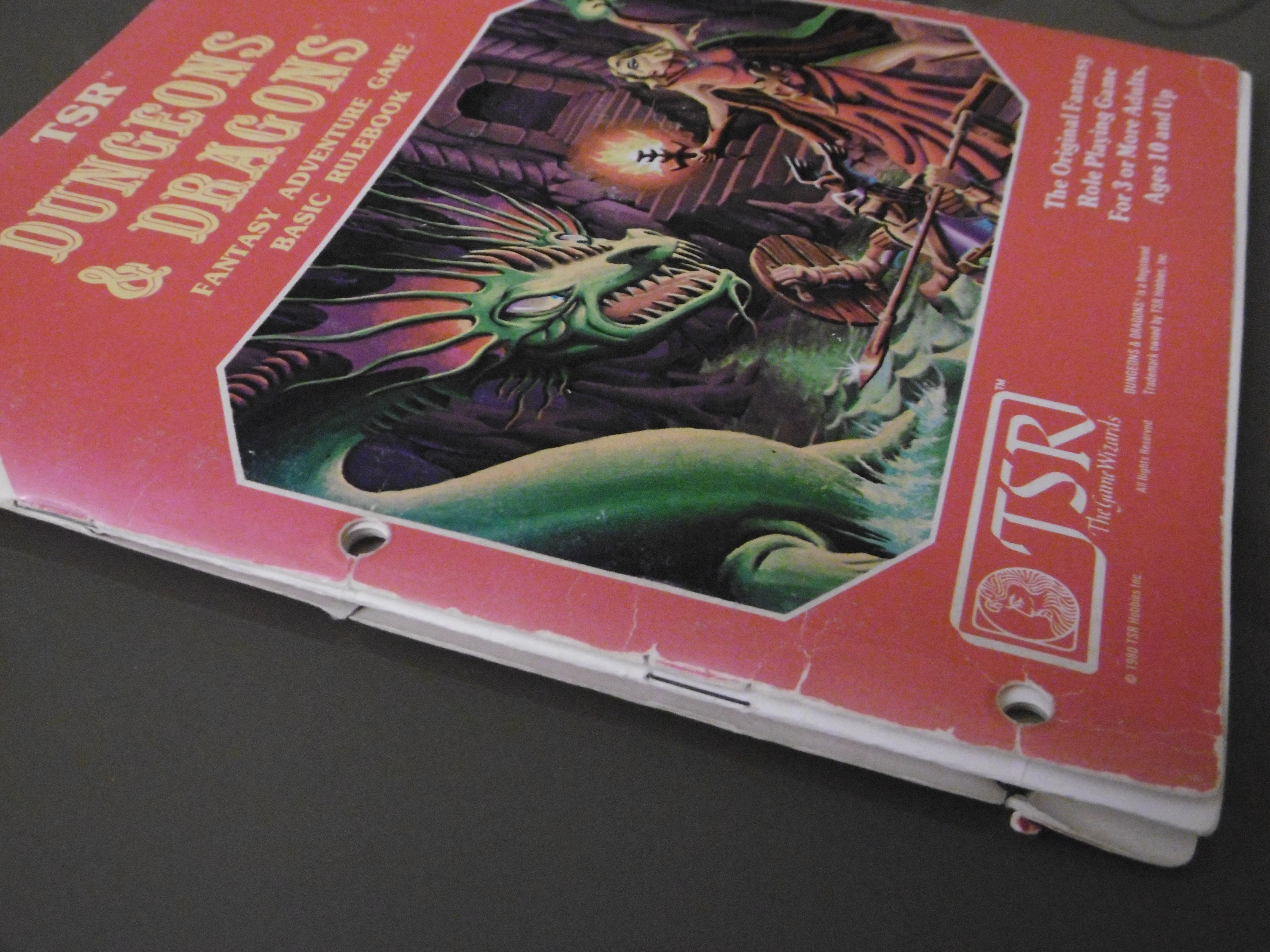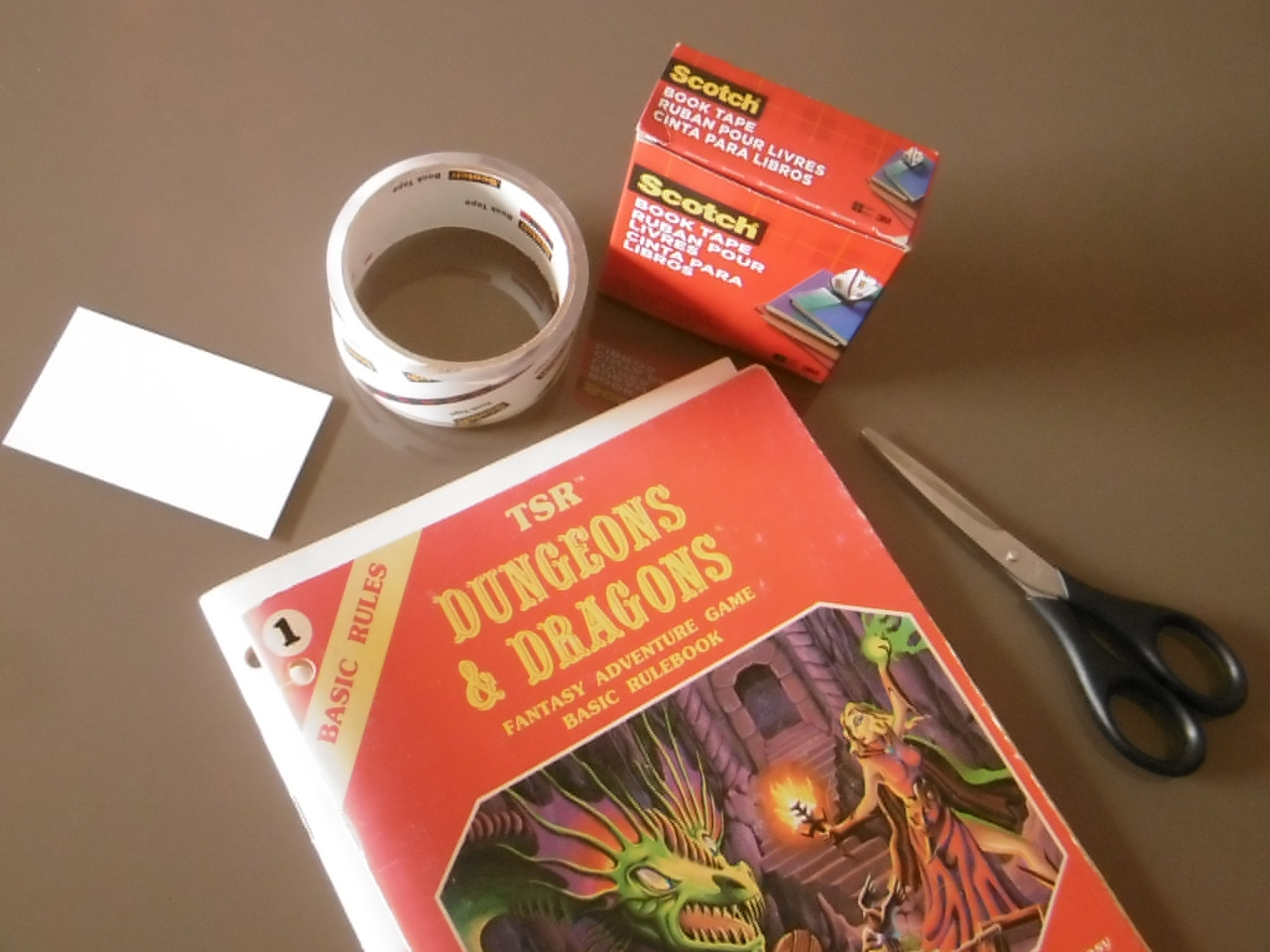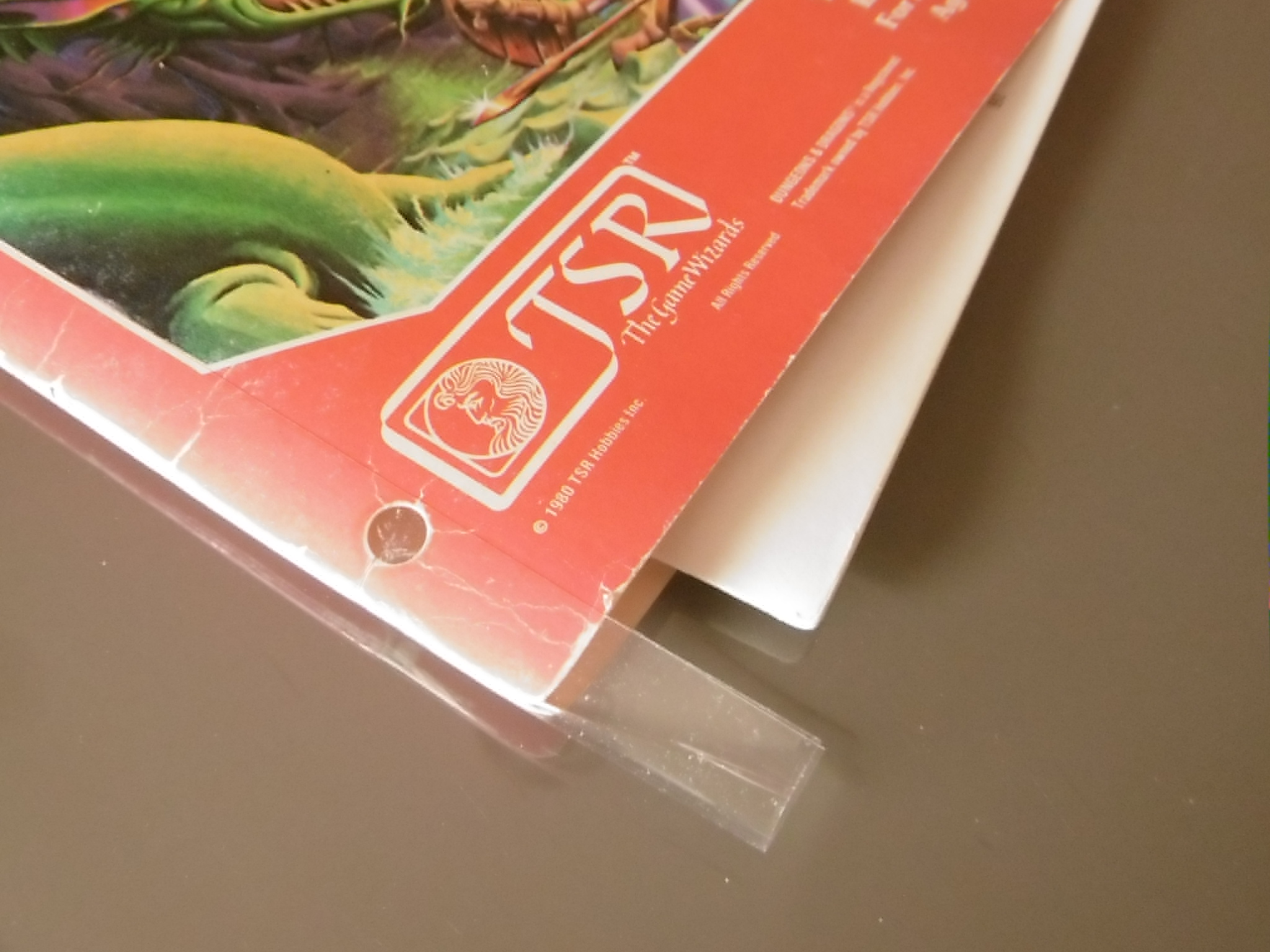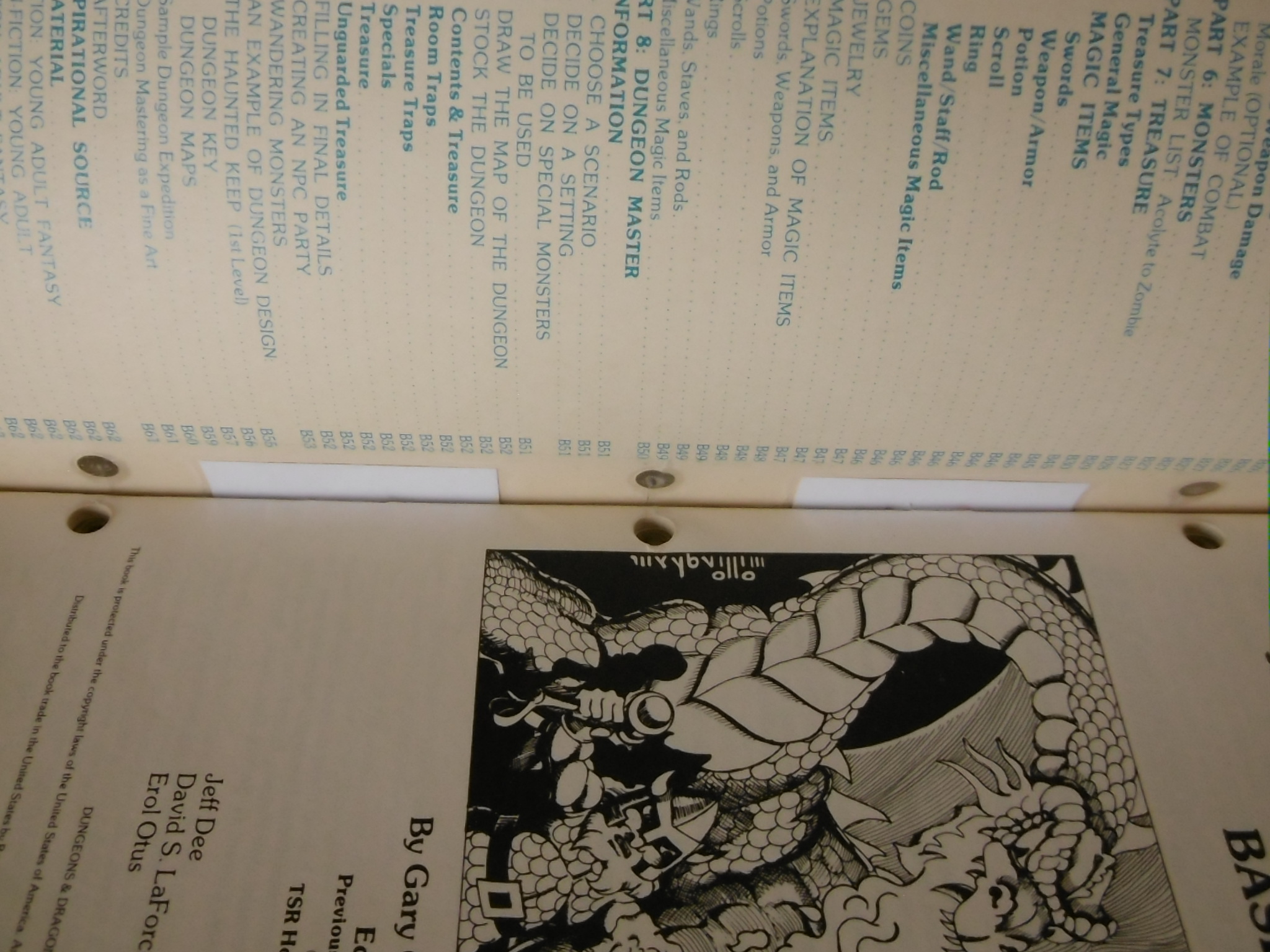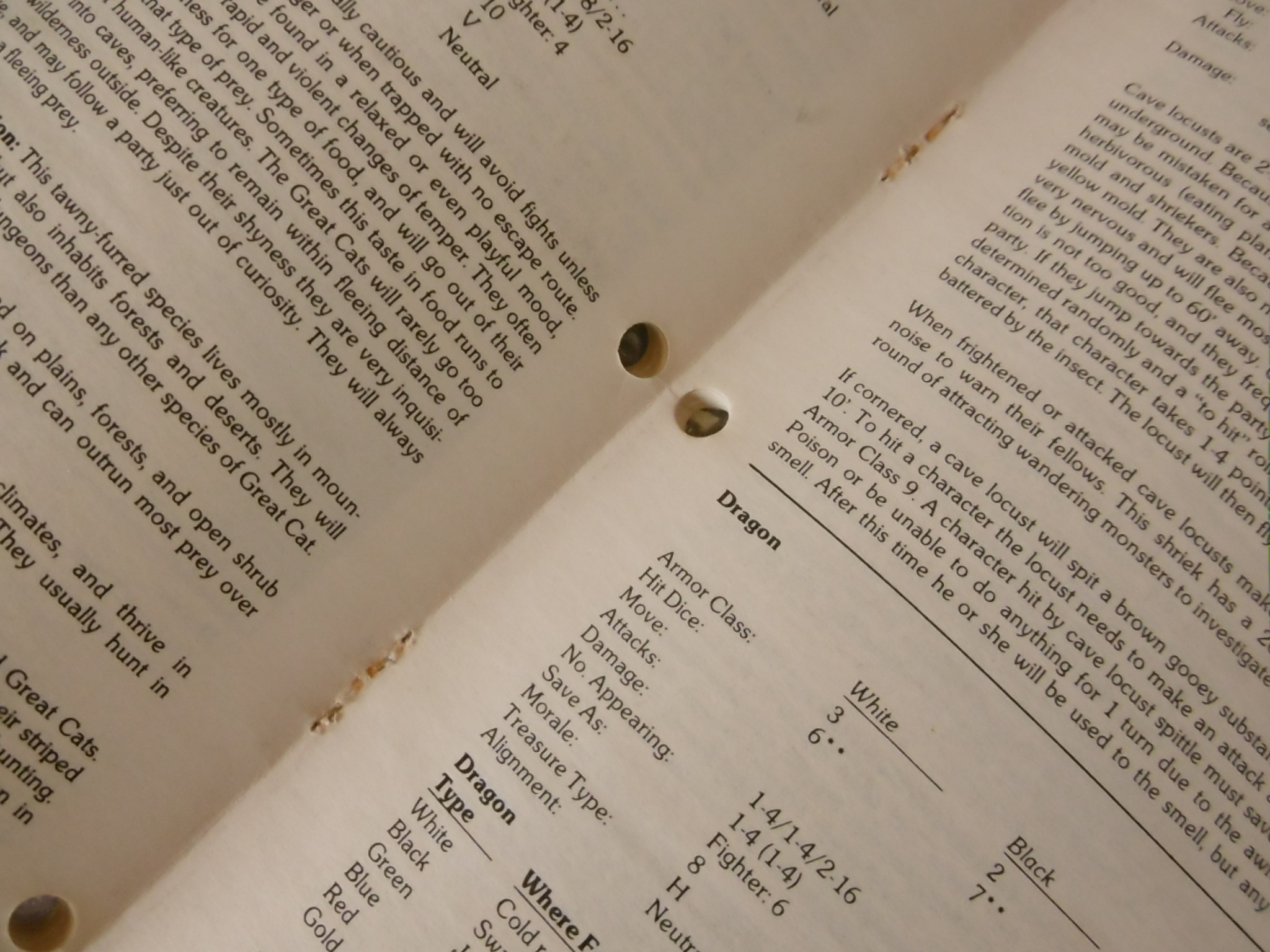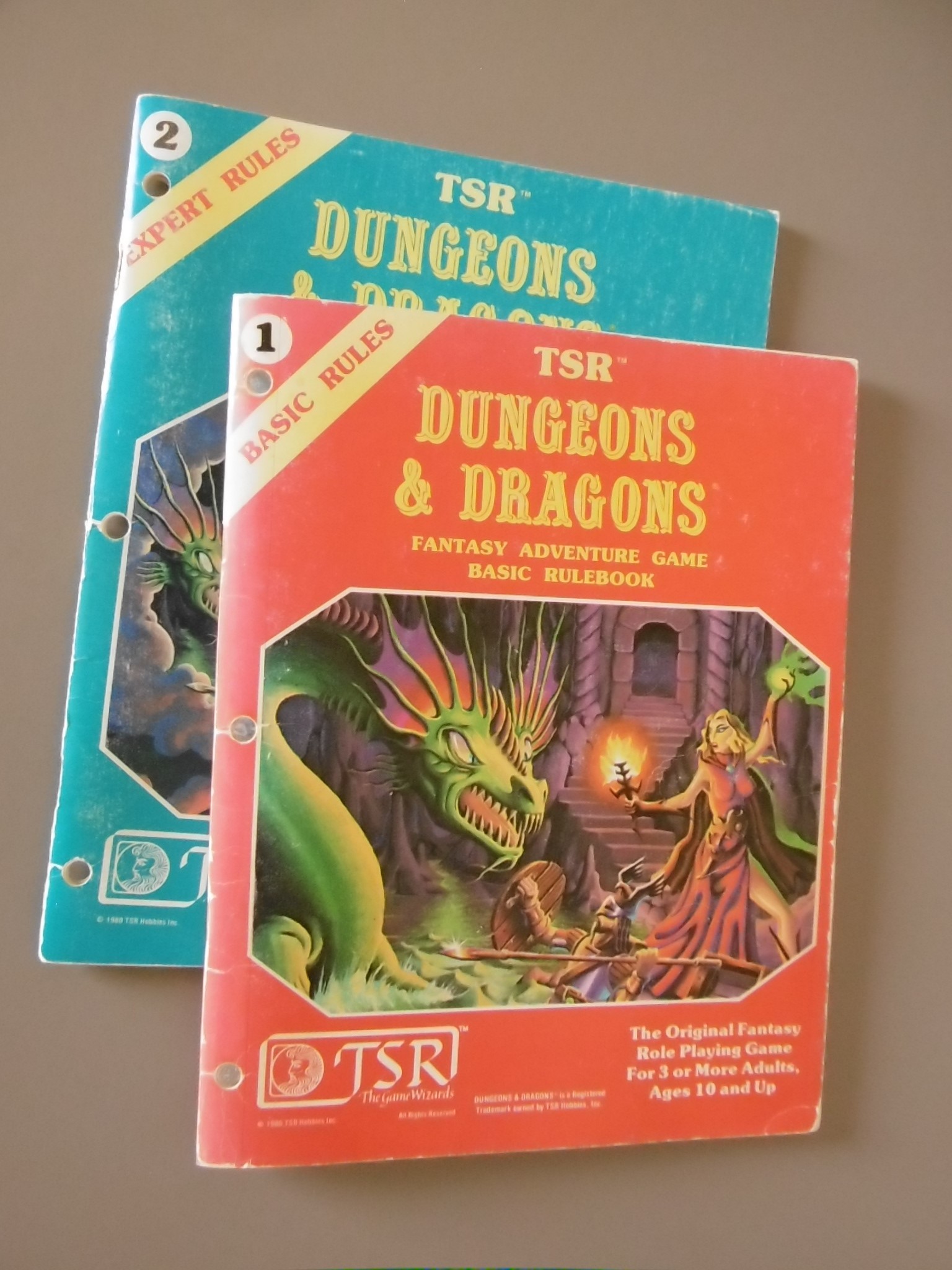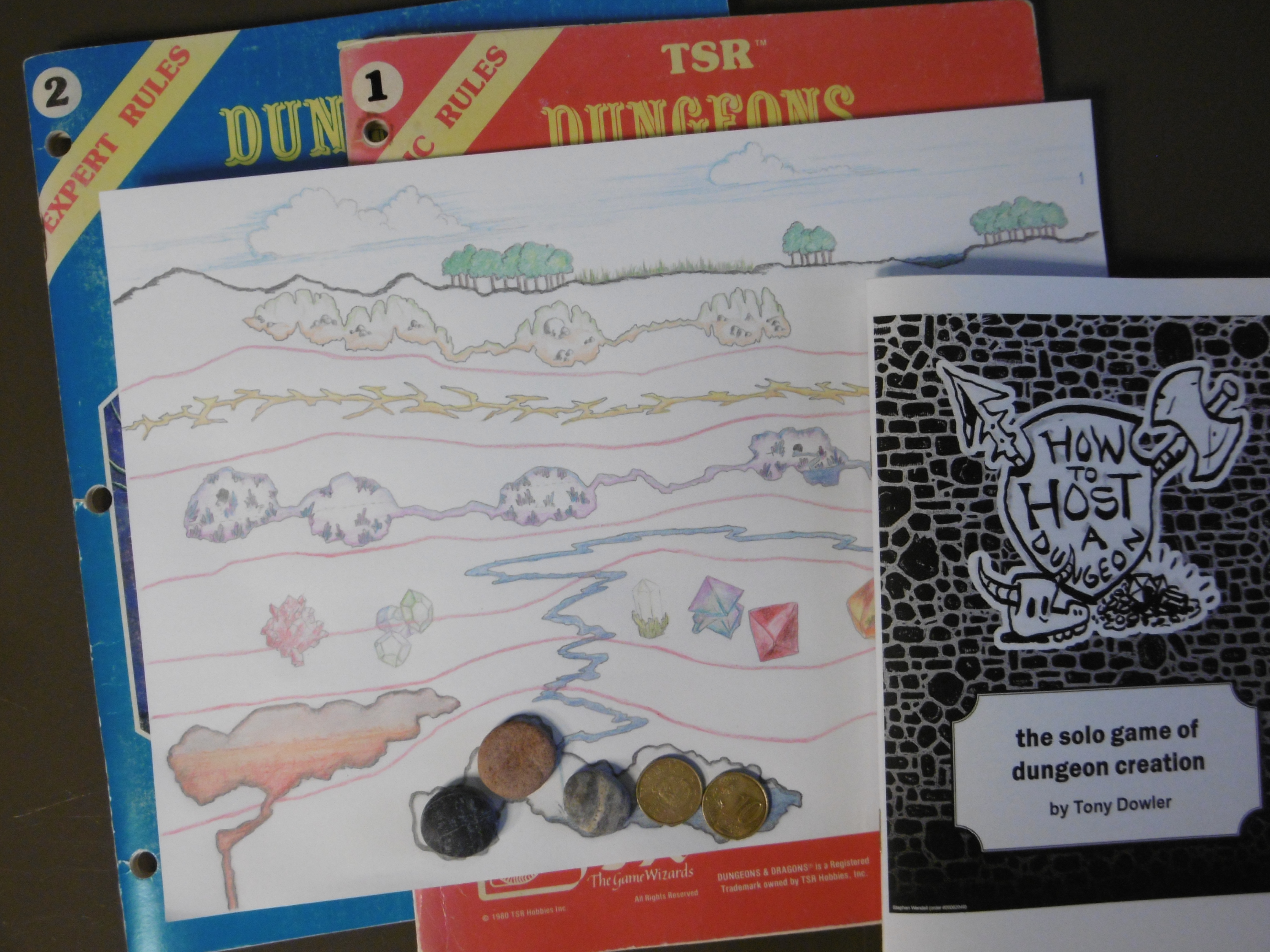Valormr Heralds
From among local aristocracy, the Lords of Valormr appoint several heralds. They are charged with the duty to disseminate information throughout the domain. These tabarded riders can bring the news from the Free City to the domain’s farthest reaches within a day.1
Spring in the Eighth Year of Valormr2
Latest news from the dungeon, the following information is commonly known throughout the Throrgrmir Valley.
- The Red Ogre, Emperor of the Undersun, has completed construction of a “great wall” within the dungeon. Imperial troops now man fortifications to block key passages in a wide perimeter, which encloses the subterranean empire.
- The Red Ogre also built a library. Overlooking the Throrgrmir Bridge, the library is filled with ancient and modern texts from eastern lands.
- The Red Ogre has come to an agreement with Pegasus Manes. The adventurers pay the Emperor’s “tax,” and his troops leave them alone in the dungeon—as long as the adventurers show no signs of aggression.
- Griffon’s Claws continue to extort Valormr. With monies thus gained, they recently added a stronghold to Isolde’s Tower, which is now a formidable fortress.
- Formidable though it is, the fortress does not hinder the blink dogs, who harass Griffon’s Claws within it.
- Pegasus Manes has allied with the blink dogs and recruits a force to fight Griffon’s Claws.
- While Faerunduine, Wyrm-Touched, sleeps and grows stronger, a previously unknown cult has erected a temple at the old Throrgardr Gate. The cultists built an altar from the petrified bones of the last wyrmling. The object of their adoration is the wyrm-touched dragon herself.
- To house the tomb of their lost comrade, members of the Ghouling Gauntlet are constructing a shrine. Meanwhile, they look for signs of the vampire’s whereabouts since their first encounter.
- The Red Ogre propositions Valormr to join the Undersun Empire. The Emperor and the city have made a temporary non-aggression pact. The Emperor now sends an ambassador with full honorary accompaniment—which is to say, an army…
This, I think, is the final installment of the Wyrm Dawn campaign. Play of How to Host a Dungeon created a complex underground environment, a robust history, and details this Dungeon Master would not have discovered without it. Tony Dowler created a truly unique game that deserves more attention and more exploitation. I look forward to using it to create more, bigger, more diverse dungeons as we further explore DONJON LANDS. Now on to Wyrmwyrd.
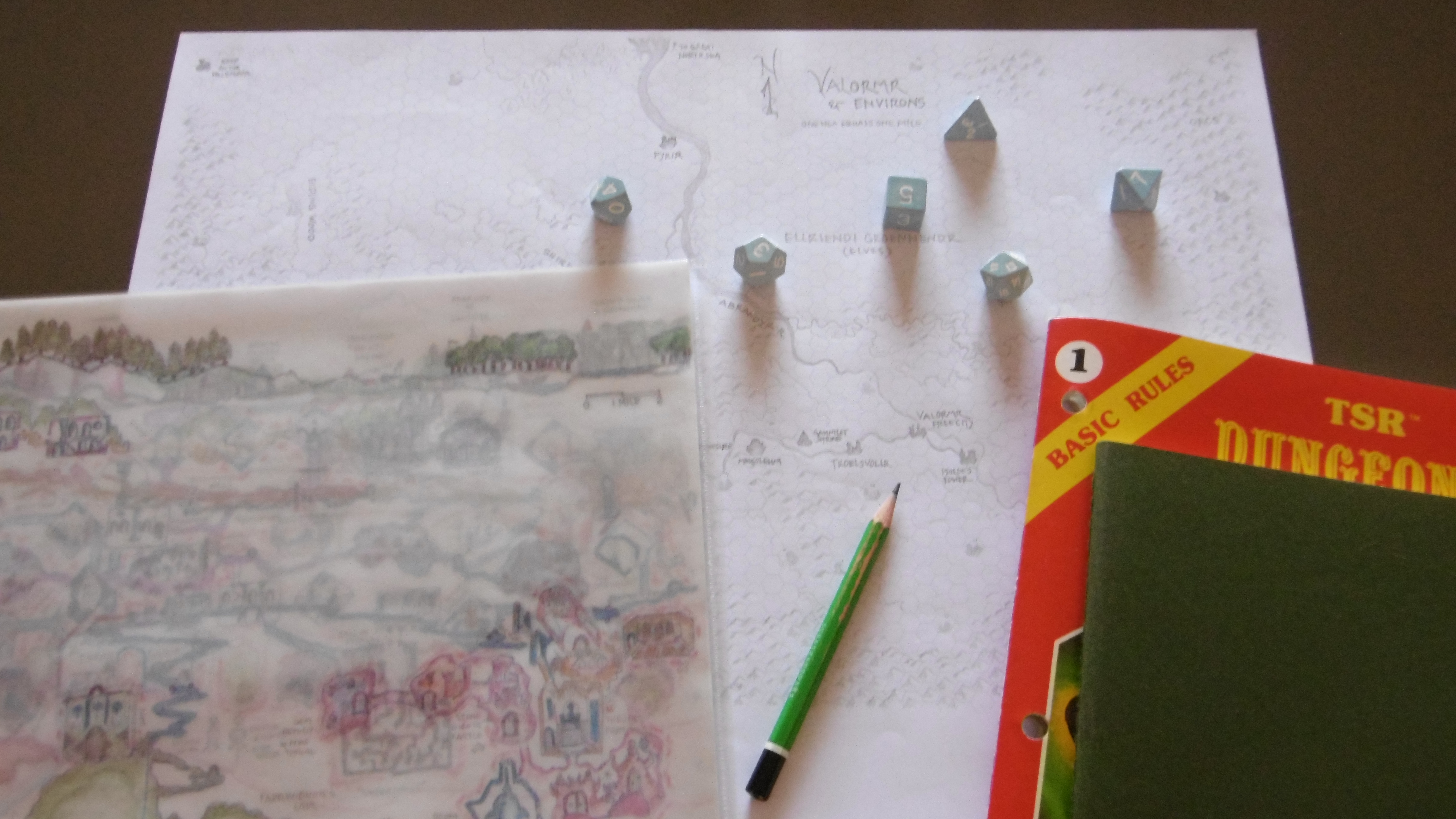
Notes
1 Departing in the morning, first to Fyrir and crossing the Abrandyr and a tributary at ferry points, a rider gains the village north of Ellriendi by nightfall.
2 While familiar with the calendar used in the Grand Duchy—as it is the primary trading partner, the fierce folk in the Throrgrmir Valley, favoring their independence, have long preferred to reckon years according to their own system. Thus, the local calendar begins from the Free City’s recent founding.
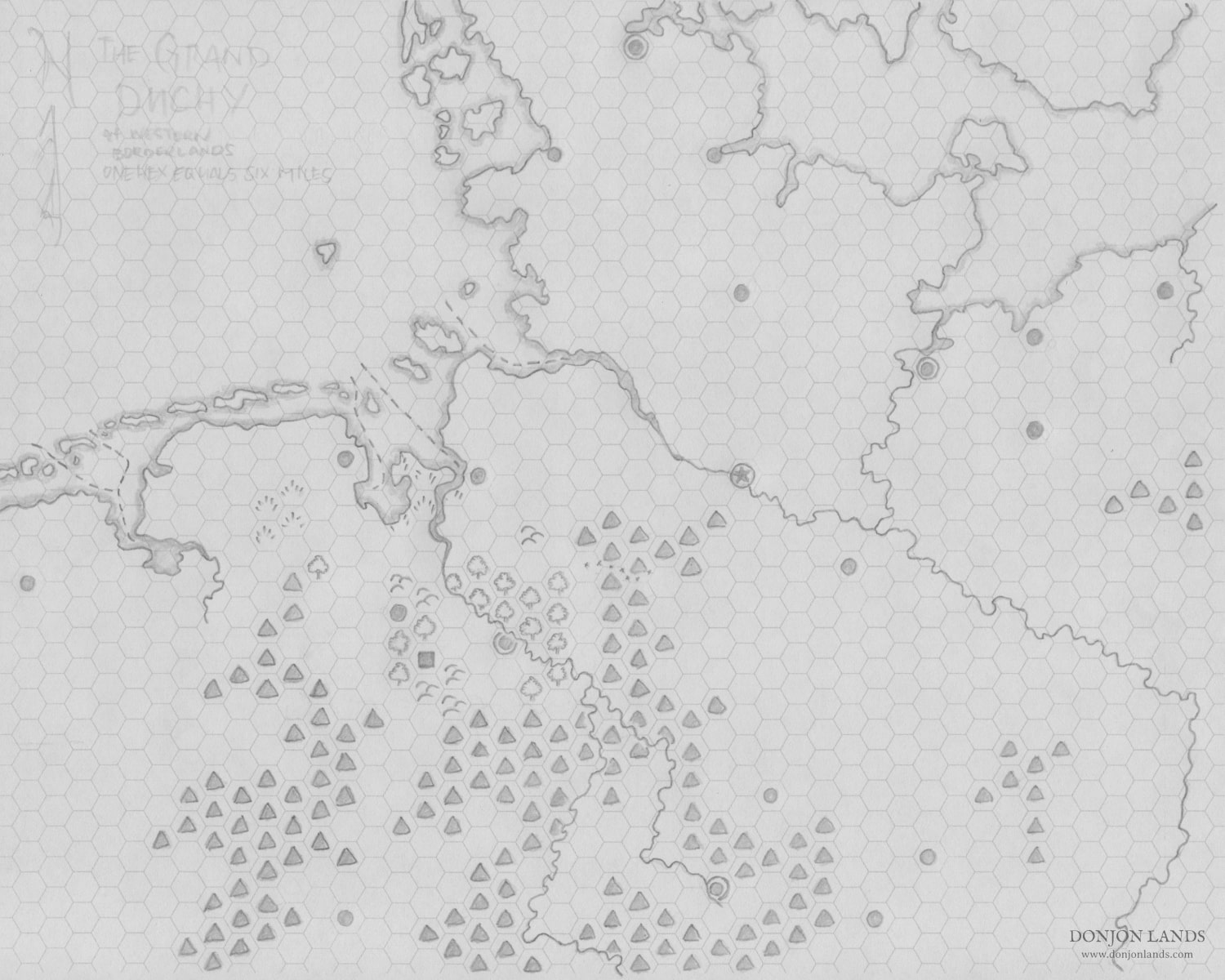
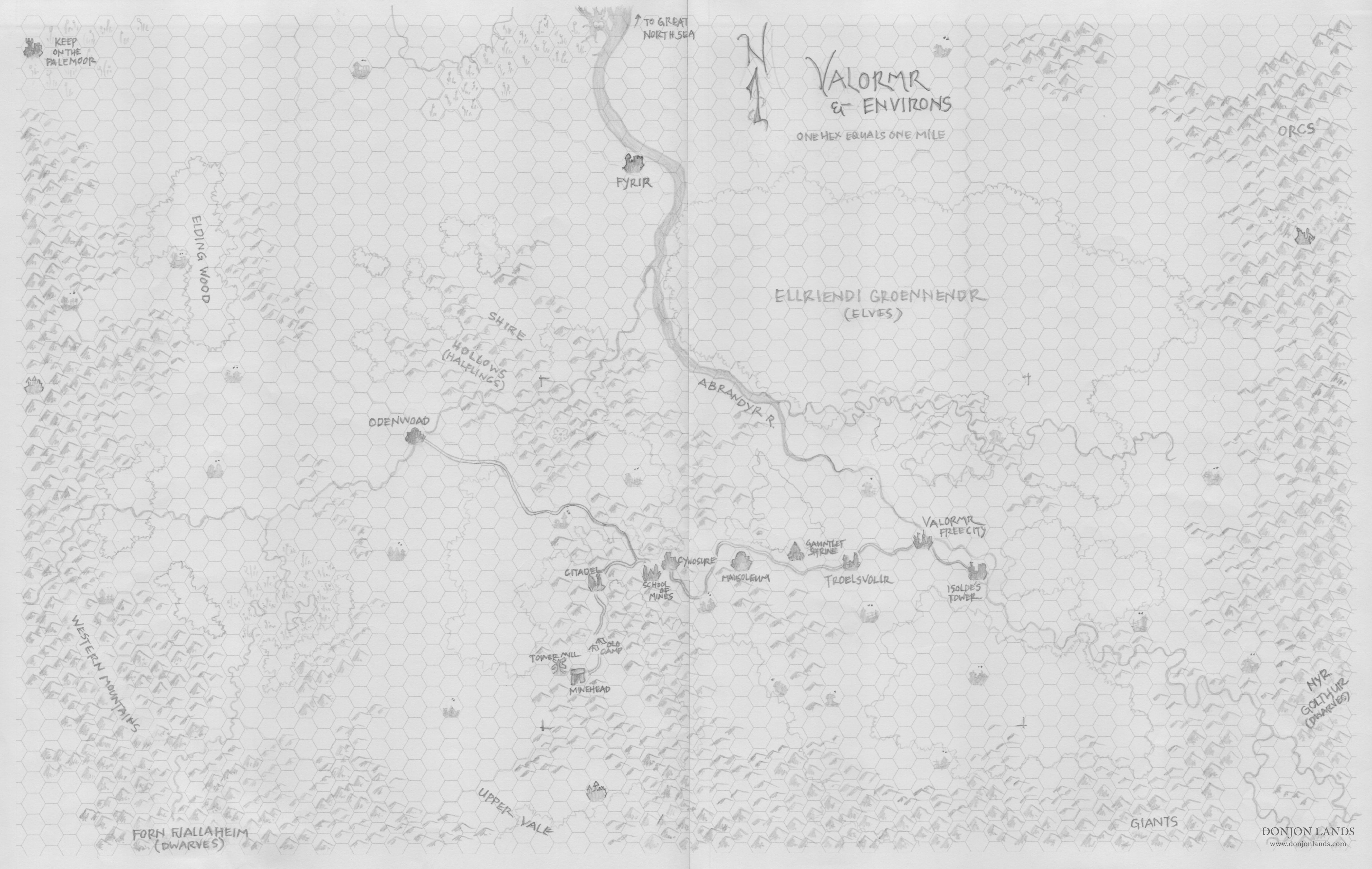
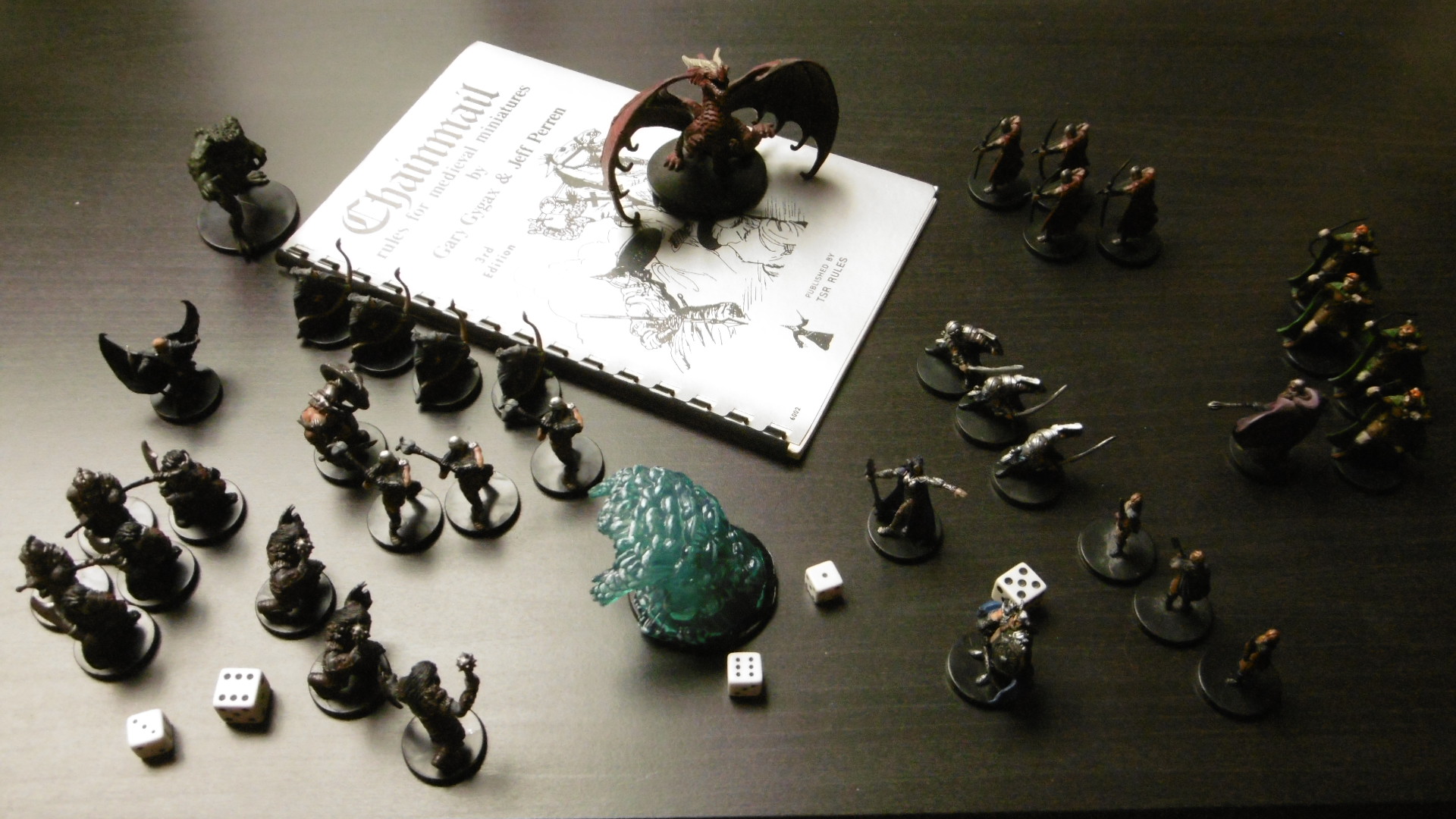
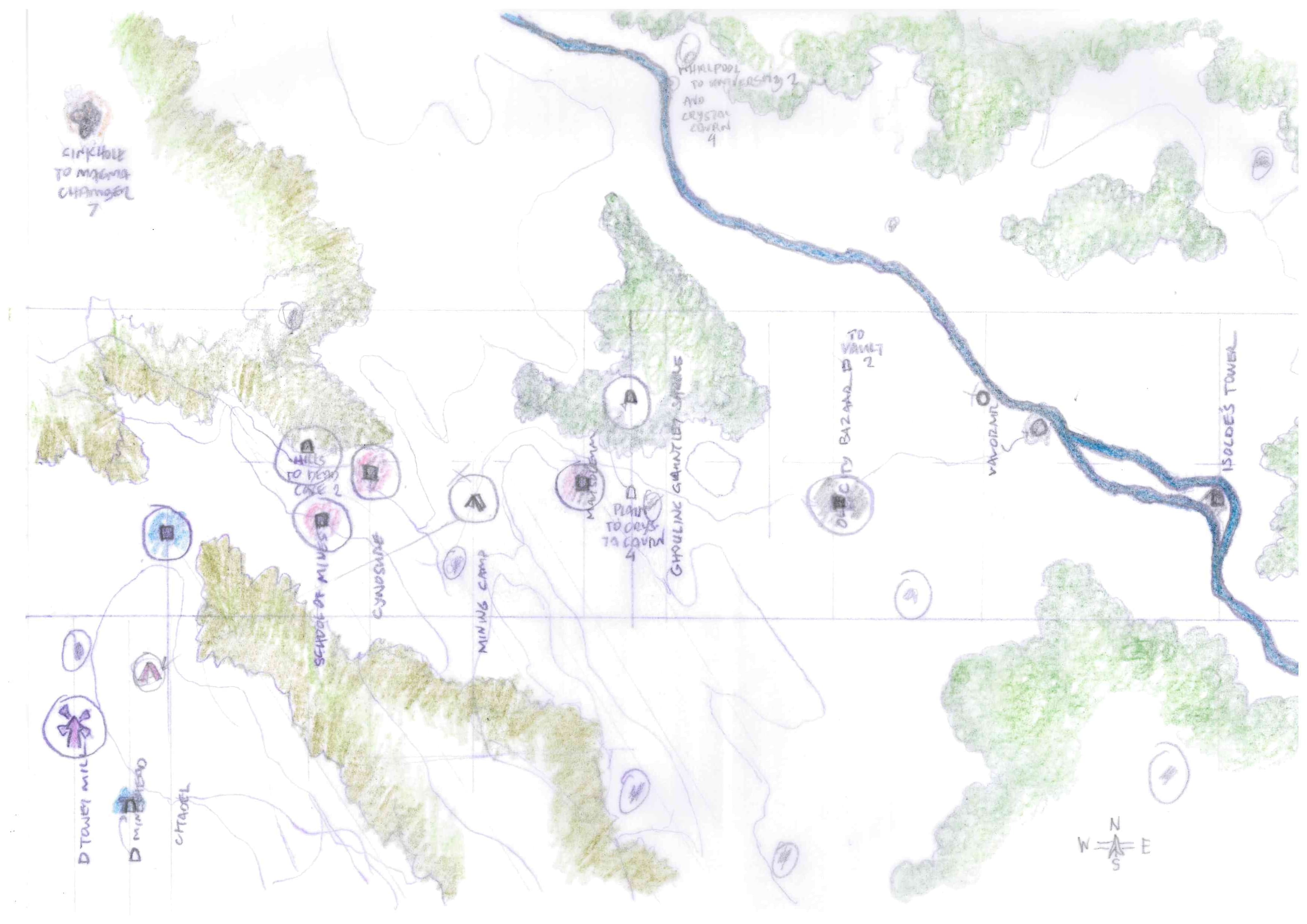
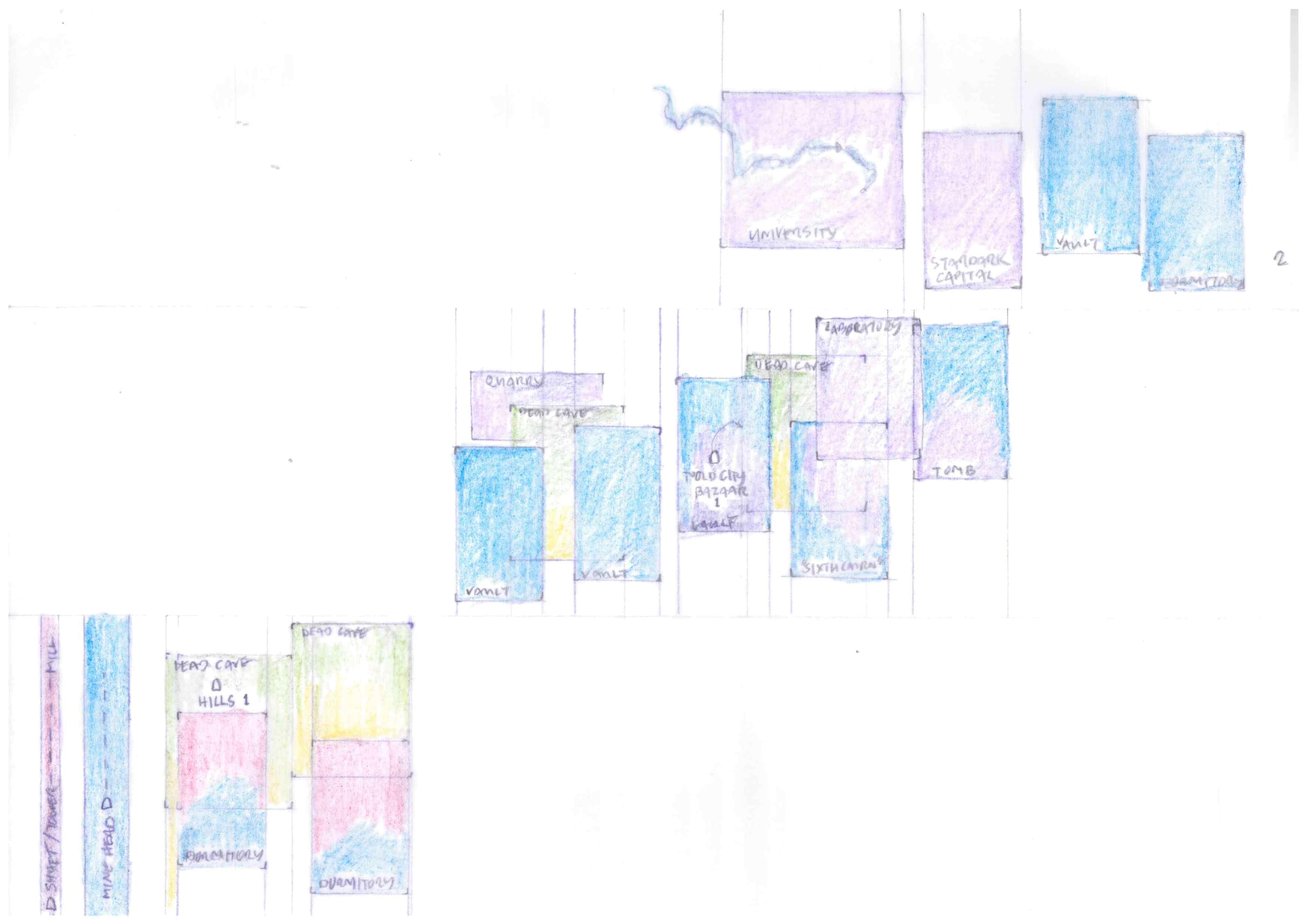
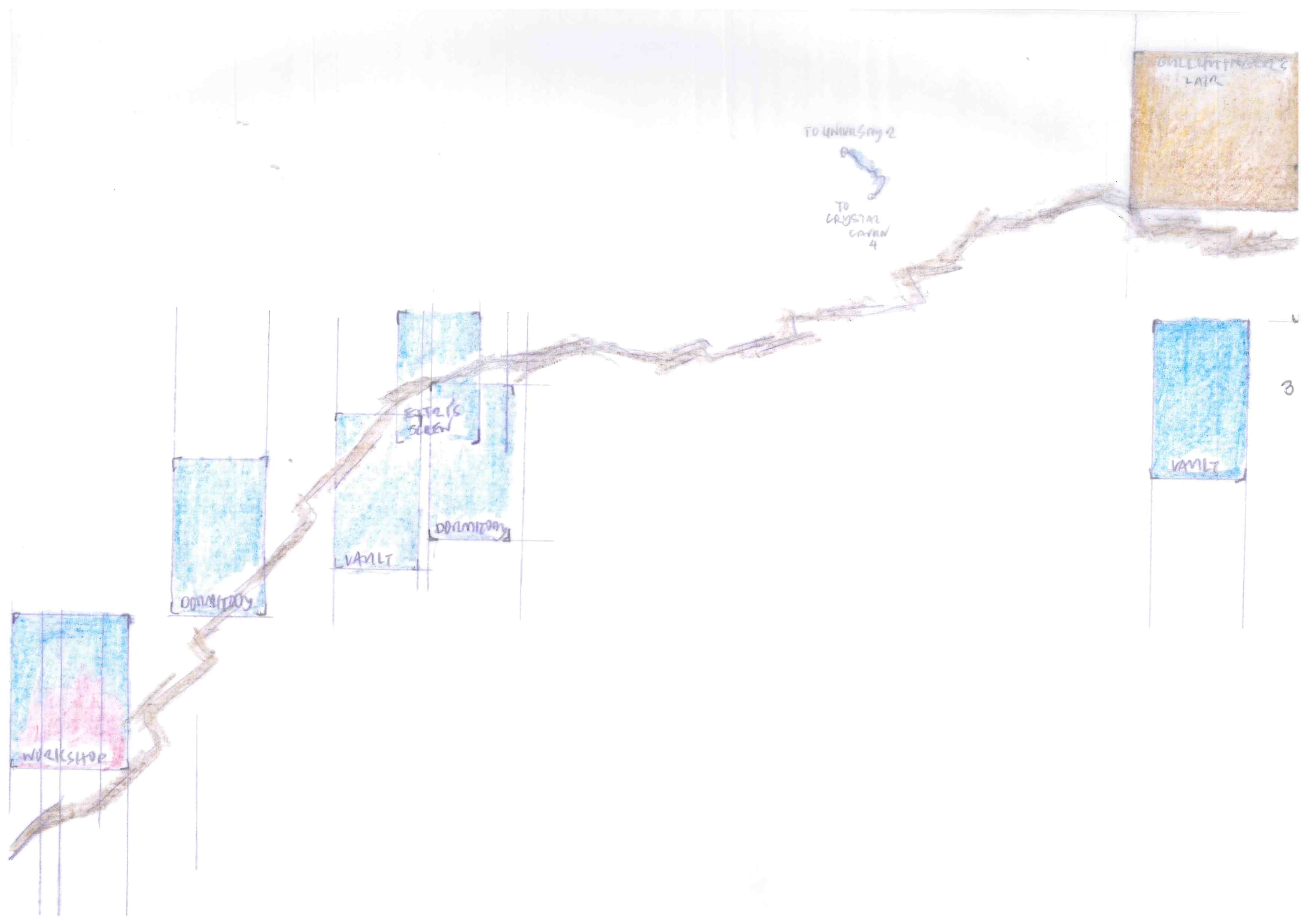
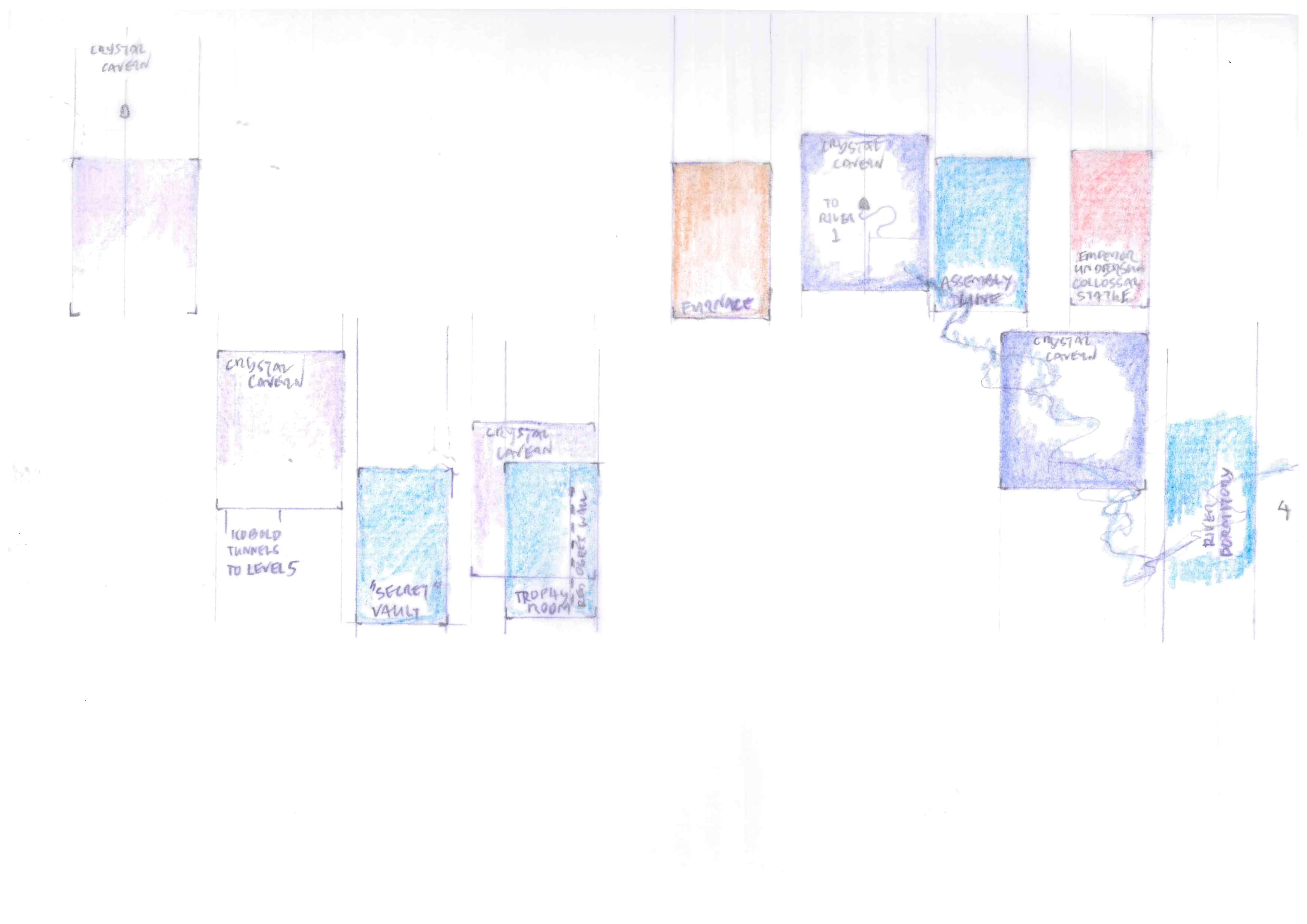
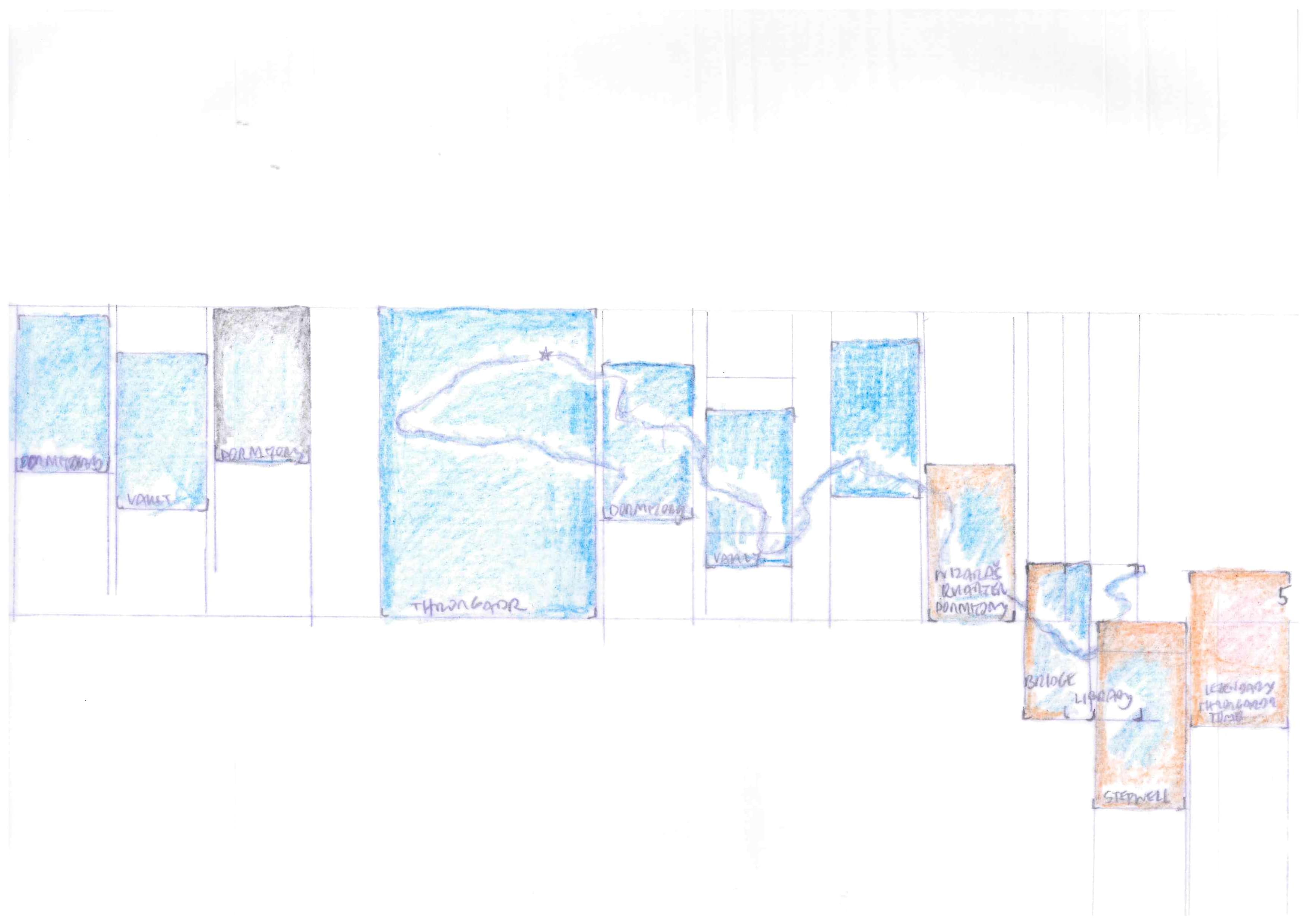
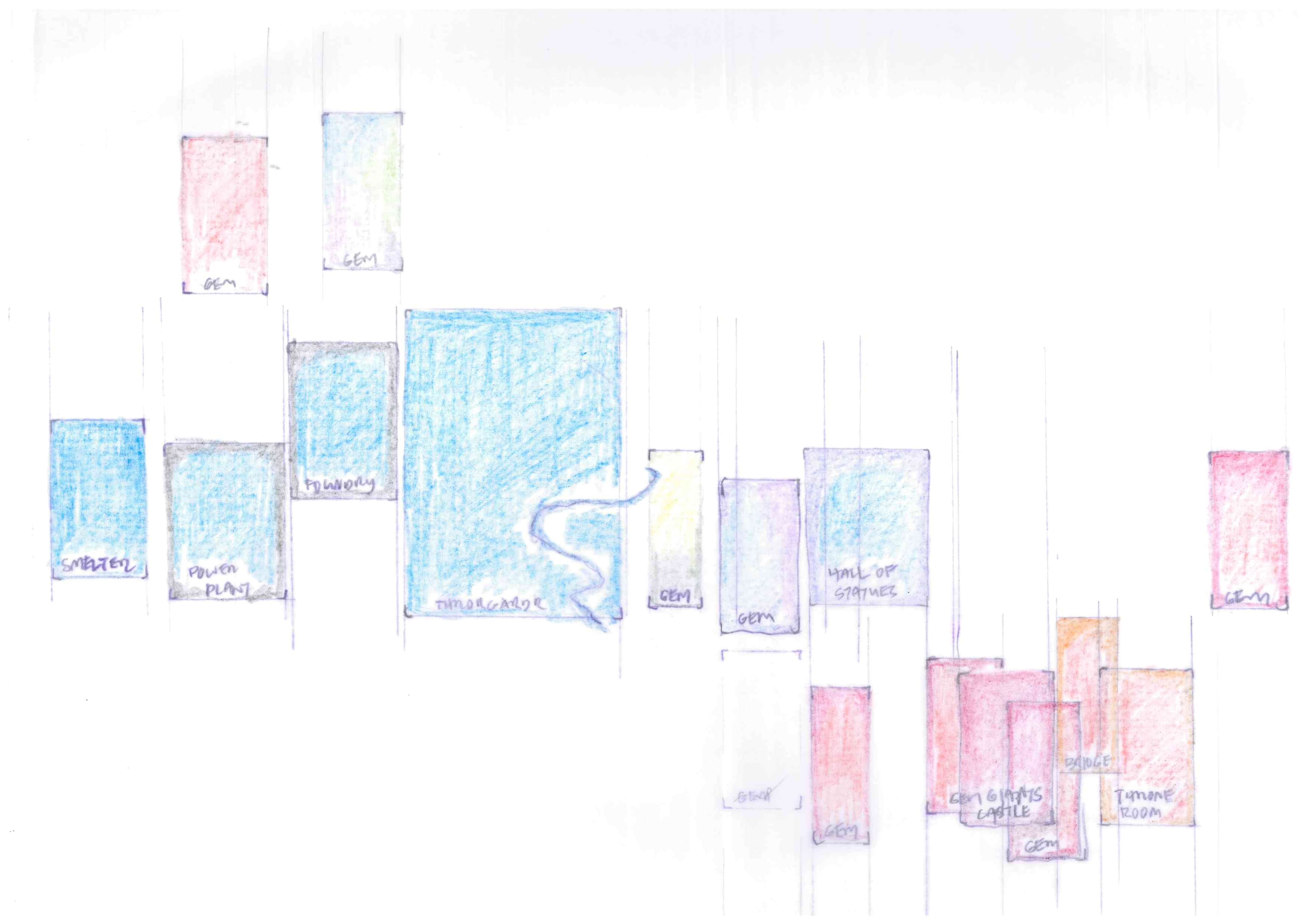
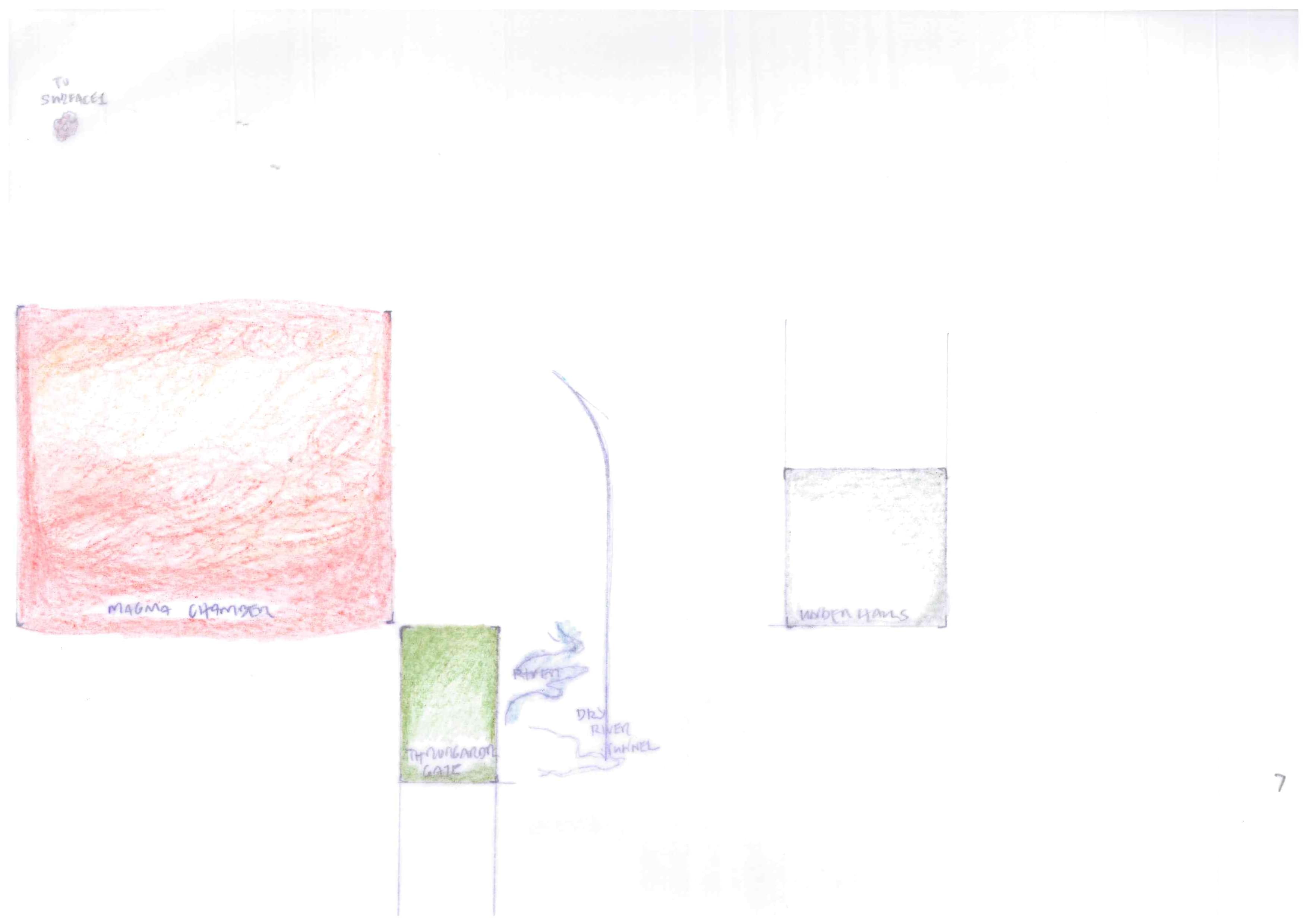
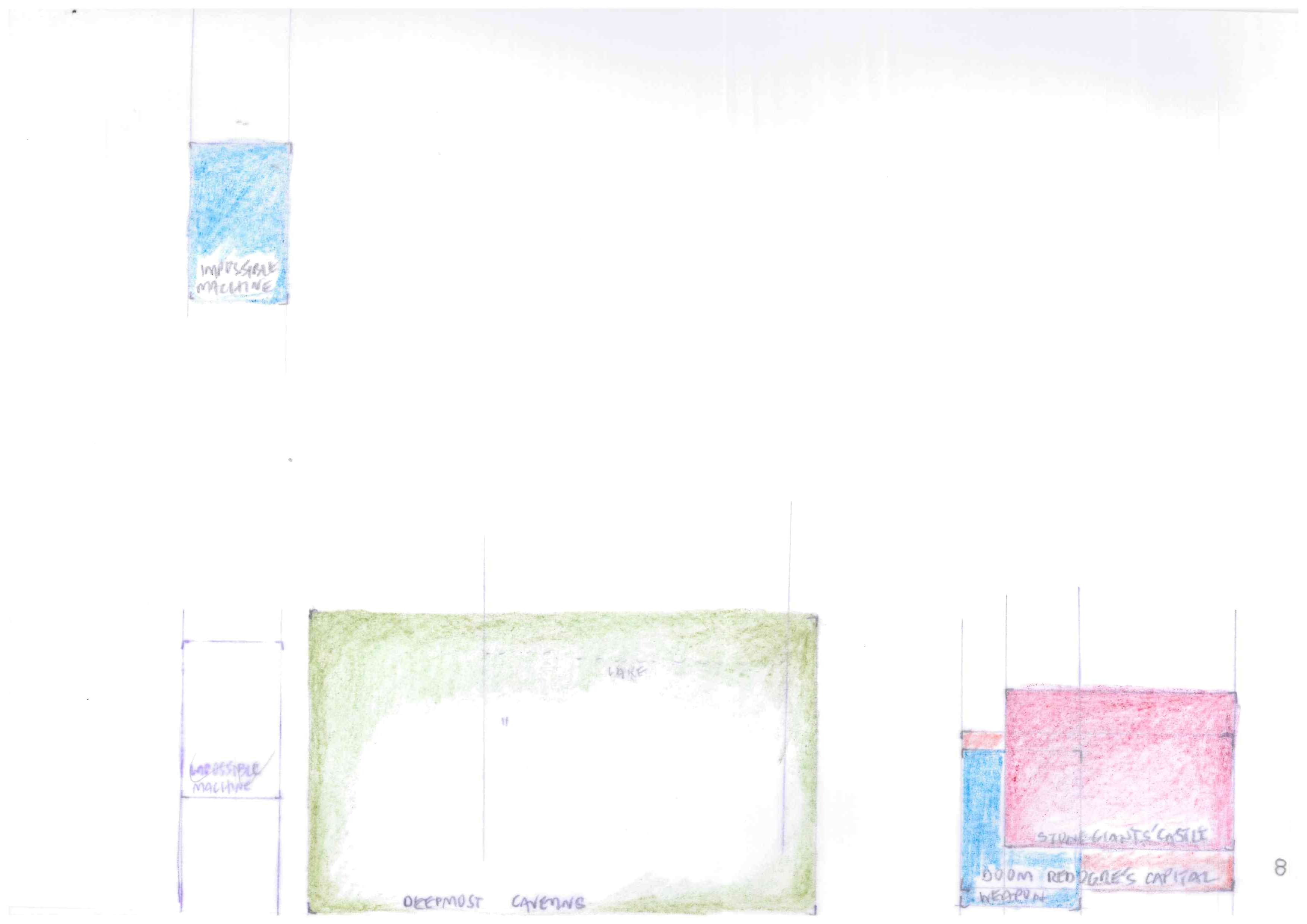
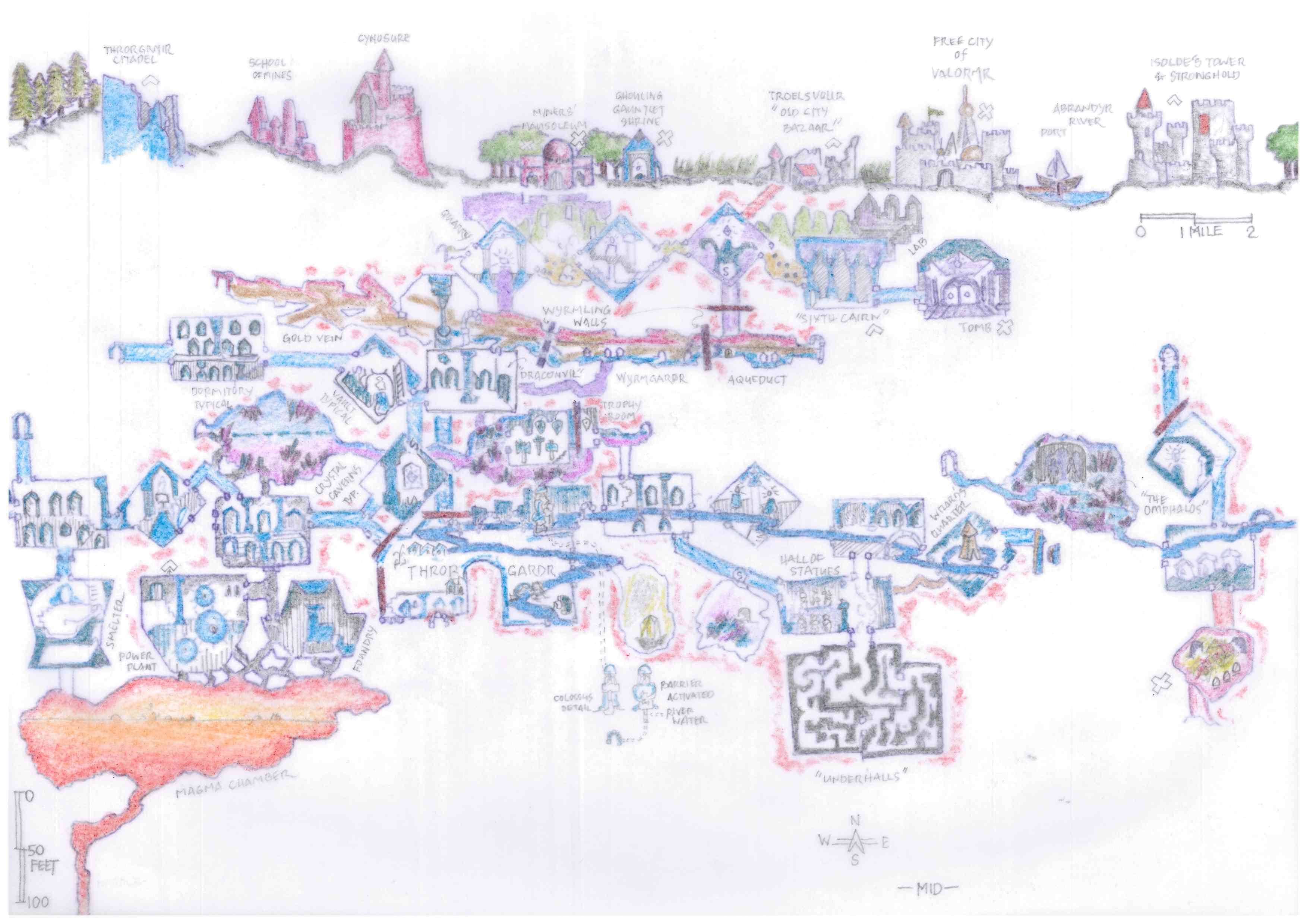
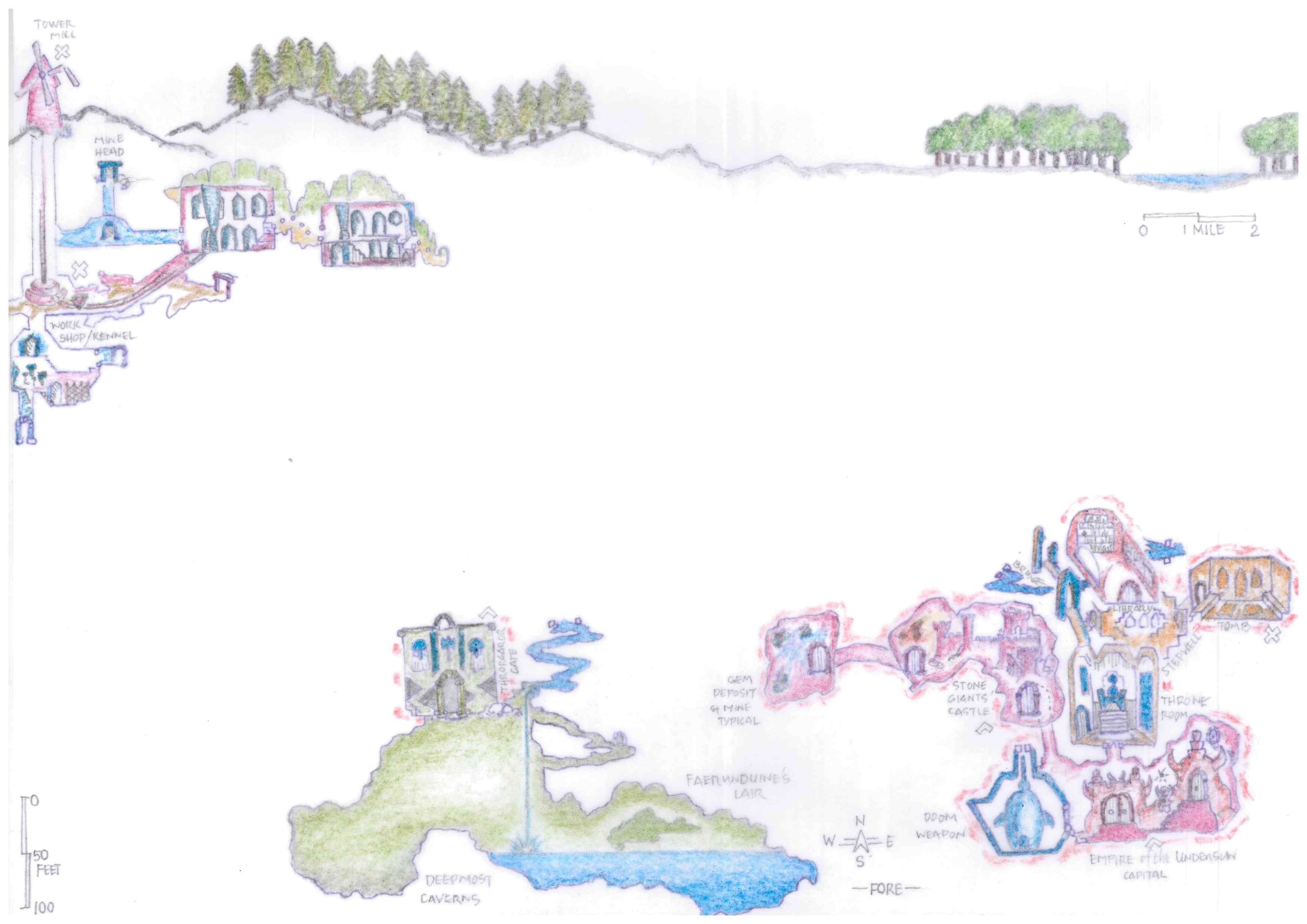
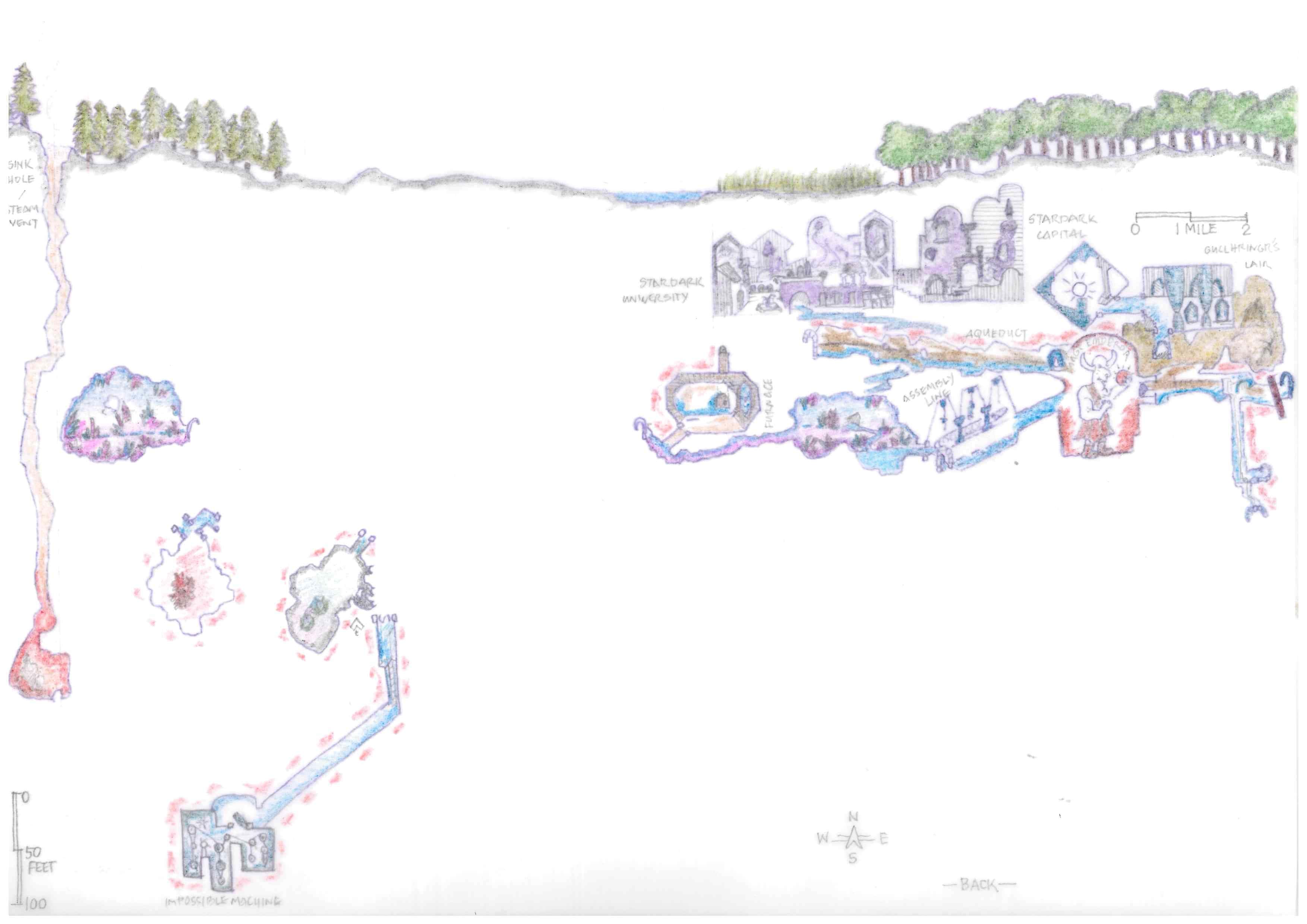
 Blue Wizard
Blue Wizard Faerunduine
Faerunduine Gullhringr
Gullhringr Kobolds
Kobolds Legendary Throrgardr
Legendary Throrgardr Magnate
Magnate Murtax
Murtax Red Ogre
Red Ogre Stardark
Stardark Stone Giants
Stone Giants Throrgrmir Dwarves
Throrgrmir Dwarves